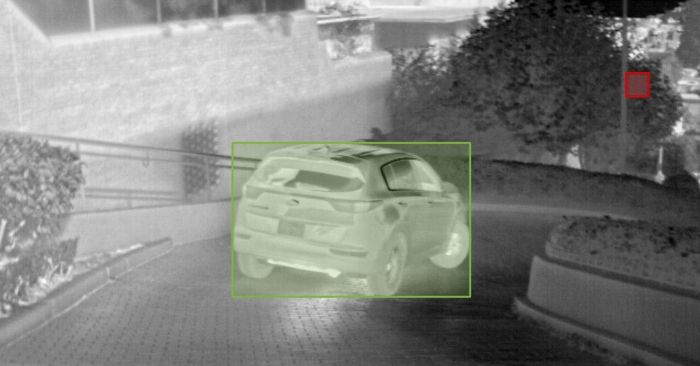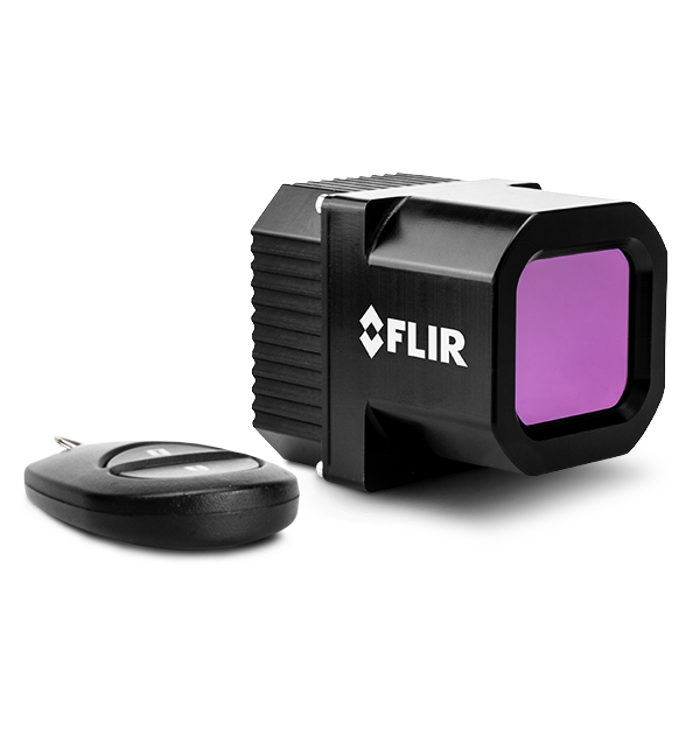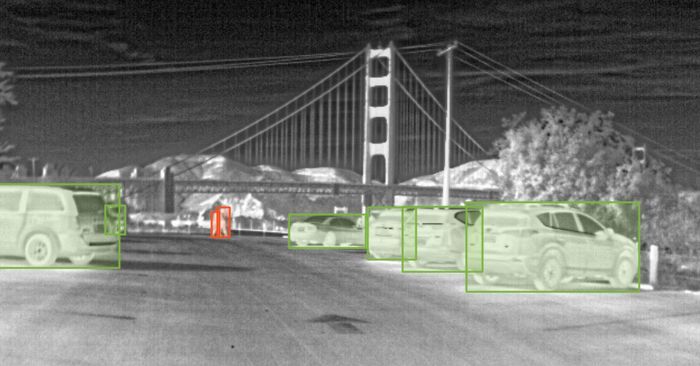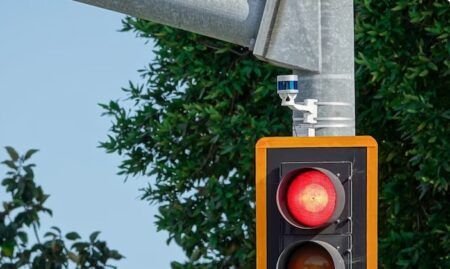Sensor systems and thermal imaging equipment manufacturer, FLIR Systems Inc., has launched Thermal Imaging Regional Dataset program for machine learning advanced driver assistance development (ADAS) and autonomous vehicle (AV) systems.
Specific to major cities, FLIR has also announced San Francisco (California) as the first available dataset, enabling developers to evolve convolutional neural networks with the company’s autonomous developer kit (ADK), a cost-effective, weatherproof thermal camera developed for ADAS and AV testing. Building on a free dataset program of more than 14,000 annotated thermal images of day and night scenes that FLIR launched in 2018, the San Francisco thermal dataset features nearly 10,000 annotated thermal images with 181,000 annotations in thermal and the corresponding visible camera images. It includes new variations in weather including fog and rain, plus additional driving scenes at different hours of the day.

With the introduction of city-specific datasets, FLIR has also increased the number of annotation classes to include car, sign, light, people, truck, bus, hydrant, bike, rider, motorcycle, and train. The company is currently collecting thermal data in other major metropolitan areas, covering common seasonal driving conditions at all hours. Future datasets include several large USA and international cities with regional customization to offer accelerated thermal testing. FLIR has demonstrated the San Francisco thermal dataset at last week’s Conference on Computer Vision and Pattern (CVPR 2019) which was held in Long Beach, California.
With more than a decade of experience in the automotive industry, FLIR’s thermal sensors are currently installed in driver warning systems in vehicles from General Motors, Volkswagen, Audi, Peugeot, BMW, and Mercedes-Benz through Tier-one automotive supplier Veoneer. The company’s thermal cameras have proven to be extremely reliable in the classification of pedestrians, bicycles, and other vehicles in total darkness at nearly four times the distance of a typical vehicle’s headlight range, along with other challenging lighting conditions such as fog, smoke, shadows, inclement weather and sun glare.

“Creating datasets takes time and resources, and the datasets we have created empowers the automotive community to more quickly evaluate thermal sensors on next-generation algorithms,” said Frank Pennisi, president of FLIR’s industrial business unit. “When combined with visible light cameras in an automatic emergency braking (AEB) system, the thermal data will create a more comprehensive, redundant, and safer system in cars today. Then, in the near future, when thermal is fused with visible, lidar, and radar, thermal sensor data, paired with machine learning, this will create a more comprehensive, redundant, and safer system for identifying and classifying roadway objects, especially pedestrians and other living things in an autonomous driving mode. San Francisco is a significant autonomous vehicle development hub, and this data will ultimately allow developers and researchers to create safer vehicle systems.”





